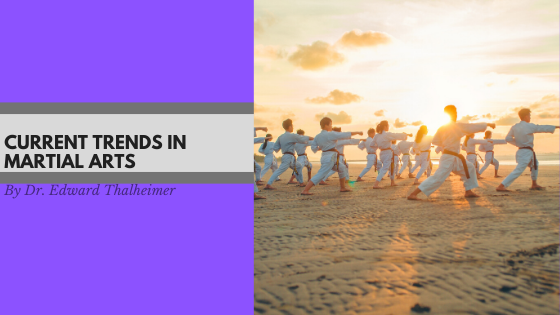Martial arts have an enduring popularity. They’re known for their discipline. Tradition and time-honored training methods are a cornerstone of most martial arts. Because of that, it can seem awkward to talk about trends in the discipline. Martial arts can wax and wane in popularity among the general public, but they generally stay the same. However, in the 2010s, things are changing.
Mixed martial arts have become incredibly popular over the past two decades. Originally an underground, illegal sport, MMA has gone mainstream. MMA has supplanted boxing in terms of capturing the public’s attention for big fights. Today, MMA-based fitness classes are being offered in mainstream gyms. With a focus on fitness, not fighting, this is reminiscent of the kickboxing boom of the late 90s and early aughts.
Another interesting trend in martial arts is taking its inspiration directly from entertainment. Lightsaber classes are becoming very popular. Different schools teach different styles of this emerging sport, which borrows from kendo, European-style fencing, and other disciplines. Many beginners get their introduction to this martial art from books or websites before trying their first live class.
Beginner martial arts are currently experiencing a surge in popularity among adults. For a long time, karate has been associated with small children. It’s an excellent way to introduce fitness and start to instill positive values about hard work and discipline. Adults were observers, not participants. Now, adults are coming to karate in their 30s or even 40s. It’s a great workout, and it can provide parents with a sense of community and purpose. Karate and other martial arts can also be a great way to practice mindfulness and manage stress.
The other type of martial arts adults are flocking to is self-defense. Self-defense classes are more focused on the practical aspects of martial arts. They provide a good workout, though that’s a side effect and not the goal. General self-defense workshops, krav maga, and even MMA are taught for their value in self-protection. In addition to providing people with physical skills, self-defense provides practitioners with more self-confidence. In the real world, this confidence and self-assurance can be more important than any of the specific moves taught in class.

